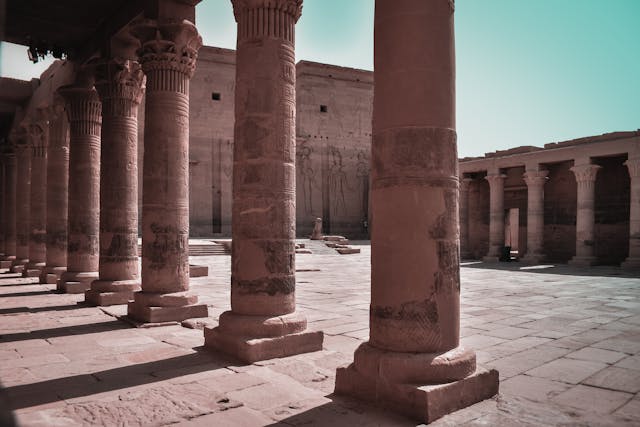
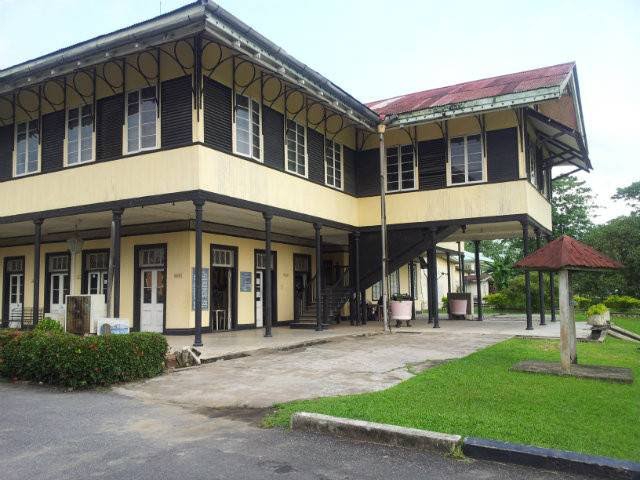
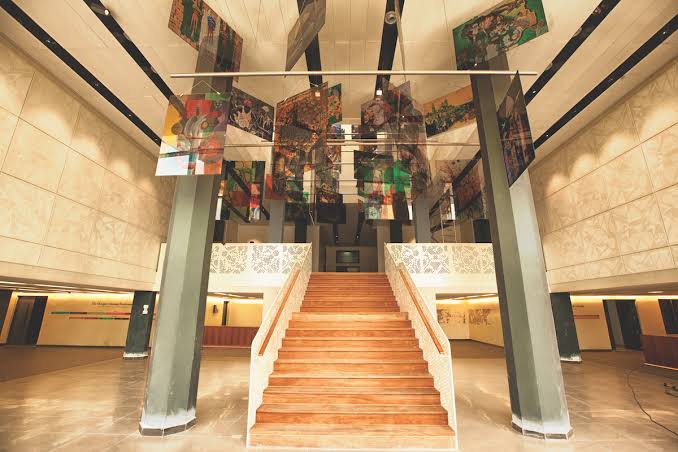
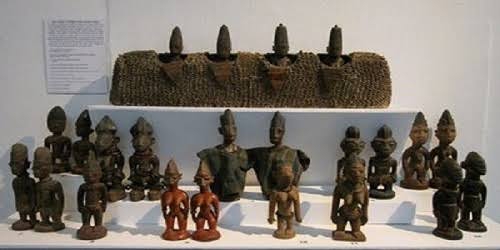
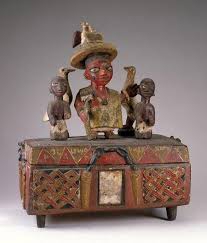
The National Museum, Abeokuta filled with Ancient Sculptures
History African@africanhistory
1 day ago
Abeokuta Museum, officially known as the National Museum Abeokuta, nestled in the heart of Ogun State’s capital. Tucked near the iconic Olumo Rock along Ikija Road, this cultural haven invites travelers to peel back the layers of Nigeria’s southwestern heritage. For those eager to dive into the soul of the Egba people and the broader Yoruba legacy, this museum offers an enriching journey through time, blending education with the quiet thrill of discovery.
As you cross the threshold, the museum unfolds like a storybook, its modest yet purposeful space alive with relics of Abeokuta’s storied past. The air carries a faint mustiness, a nod to the age of the objects within—bronze carvings, terracotta figures, and wooden sculptures that stand as silent sentinels of Yoruba artistry. The dimly lit rooms, often bathed in natural light filtering through small windows, create an intimate atmosphere, drawing you closer to the displays. Expect to see intricate beadwork, traditional Adire textiles dyed in deep indigos, and tools once wielded by the Egba during their 19th-century struggles, each piece a thread in the fabric of local history.
The museum’s centerpiece ties it to Olumo Rock—a collection of artifacts unearthed from the rock’s caves, where the Egba sought refuge during intertribal wars. Stone implements, pottery shards, and ceremonial items hint at daily life centuries ago, while framed photographs and handwritten notes tell the tale of Abeokuta’s founding under the rock’s protective shadow. The air hums with the weight of resilience—visitors often linger here, imagining the echoes of footsteps and whispered plans from a time when survival shaped a community’s destiny.
Your experience is as much about feeling as it is about seeing. Wander through the galleries, and you’ll encounter relics tied to the Yoruba pantheon—small statues of Orishas like Ogun, the god of iron, reflecting the spiritual tapestry that still influences local life. Guides, if available, weave narratives that bring the exhibits alive, recounting how the Egba used Olumo as a fortress and how their craftsmanship fueled trade across West Africa. Some visitors describe a hushed reverence, as if the objects demand respect for the hands that shaped them.
For the curious, there’s a chance to engage deeper—touch a replica tool if permitted, or trace the patterns of an Adire cloth, its indigo stains a testament to an art form perfected over generations. Outside, the museum’s proximity to Olumo Rock invites a natural extension of your visit—climb the rock after your tour, and the artifacts’ stories will resonate with the landscape you survey from above. Expect a sensory blend: the coolness of the museum’s stone walls, the texture of aged wood under your gaze, and the distant hum of Abeokuta’s modern life filtering in, bridging past and present.
The dry season, from November to March, promises pleasant weather for exploring both the museum and its rocky neighbor, while the rainy months of April to October might cloak the experience in a misty charm—bring an umbrella just in case. Wear comfortable shoes for the rocky terrain nearby, and lightweight clothes for Ogun’s warm embrace; a hat helps against the midday sun.
Bring a notebook—photography rules vary, and jotting down details keeps the experience vivid. Water and a light snack are wise, as facilities are minimal, though the nearby Olumo Rock complex might offer local treats like roasted corn or puff-puff from vendors. Go early to savor the quiet, or time your visit with a weekend for a livelier buzz—either way, patience enhances the experience, as staff may juggle multiple roles. Pair it with a stroll through Kuto Market afterward to see Adire in action, tying the museum’s lessons to today’s craft.
The Abeokuta Museum isn’t a grand hall of polished marble—it’s a humble keeper of history, raw and real, where the Egba’s spirit shines through every exhibit. Visitors leave with more than facts; they carry a sense of connection to a people who turned rock into refuge and tradition into art. It’s a quiet education, a chance to stand where history paused, offering lessons in resilience and creativity that linger long after you’ve stepped back into the sunlight. For anyone chasing Nigeria’s cultural heartbeat, this museum is a gentle, profound pulse worth feeling.
#AbeokutaMuseum #OgunState #NigeriaTravel #EgbaHeritage #YorubaCulture #OlumoRock #HistoryUnraveled #TravelNigeria #CulturalJourney #ArtifactStories #ExploreAbeokuta #MuseumMagic
Photo Credit: Art Pavilion
